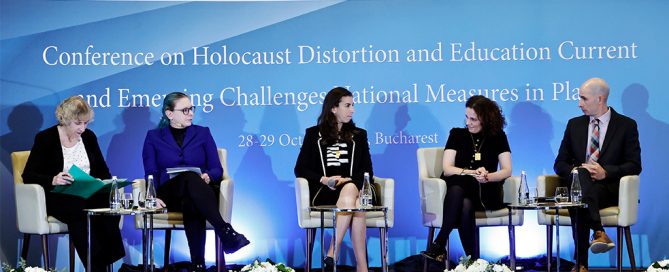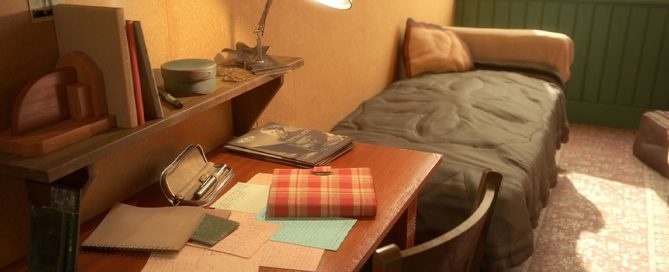AI, Holocaust Distortion and Education
By Prof Victoria Grace Richardson-Walden At a conference in Bucharest last week, our Lab Director Prof Victoria Grace Richardson-Walden presented our position on the extent to which we should be engaging with AI for the sake of Holocaust education. I was invited by the US State Department to contribute to a panel called ‘Holocaust Denial and Distortion – New Challenges’, which focused on AI. I wanted to use the opportunity to emphasise the need for more research-informed engagement in how the Holocaust museum and education sector, and policymakers, deal with AI (and indeed digital media more generally). I was joined on the panel by Historian Jason Steinhauer, Professor of International Law Aleksandra Gliszczyńska-Grabias, and Jordana Cutler from Meta, and it was chaired by Ellen Germain, US Special Envoy for Holocaust Issues (all pictured in our banner image). Professor Victoria Grace Richardson-Walden speaking on the panel. Key takeaways are: What are we using AI for? We need to ask ourselves why we want to engage with AI? The question should not simply be ‘what is AI good for in the context of Holocaust memory and education?’ but rather ‘What do we want to achieve in Holocaust memory and education, and [...]

